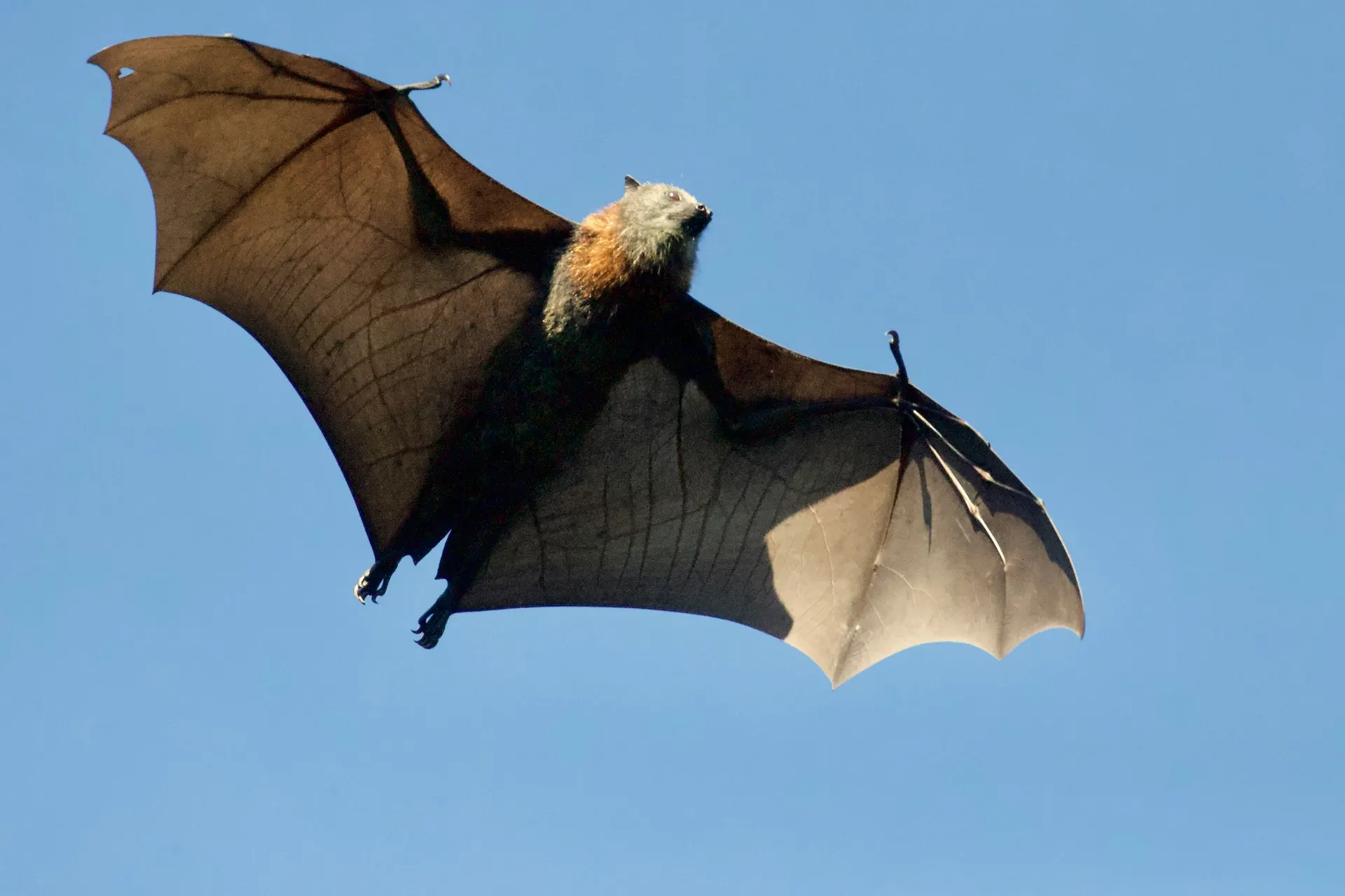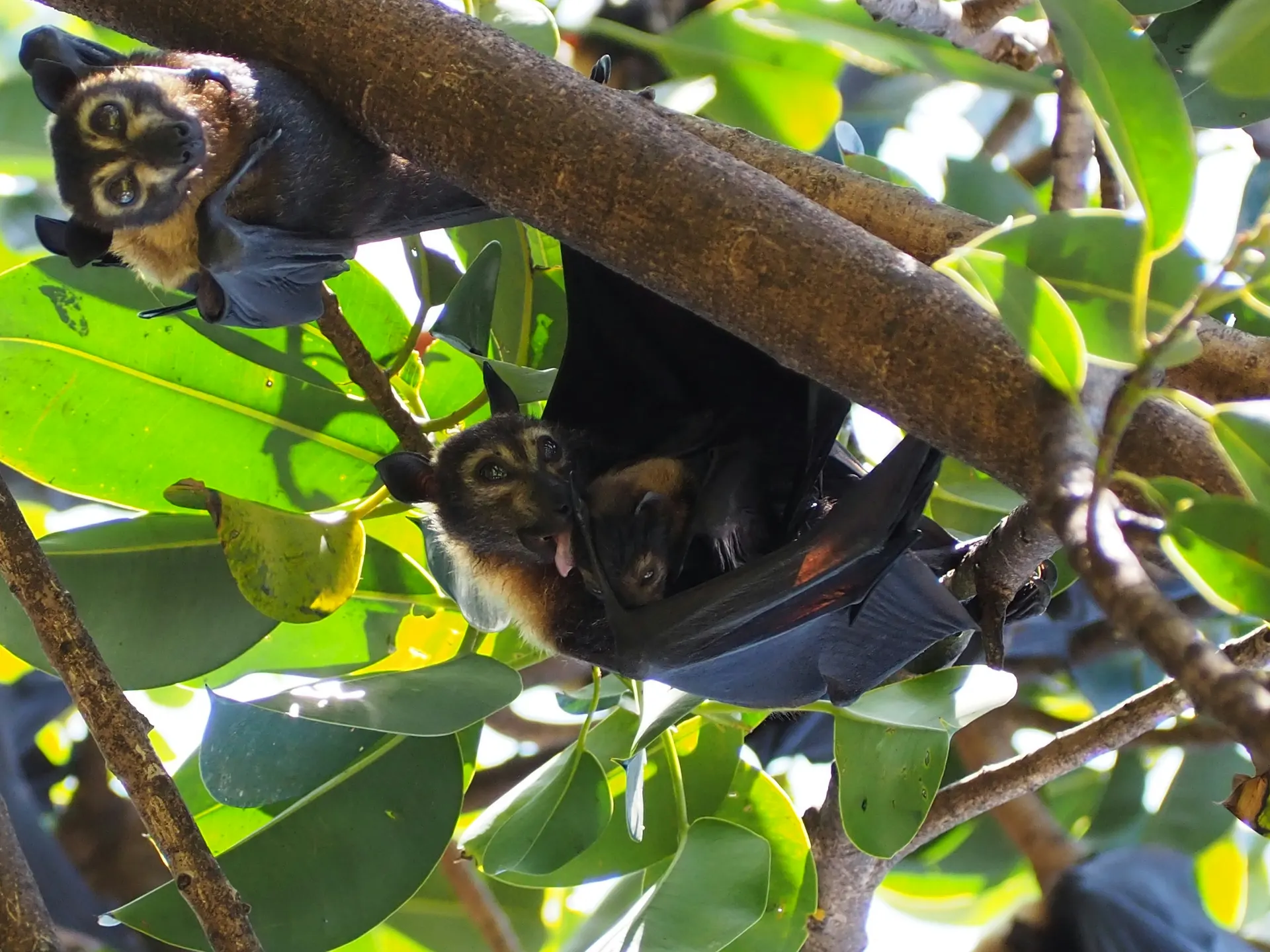Table of Contents
Have you ever wondered about the fascinating realm of bat facts, where these mysterious creatures soar through the night, revealing their secrets in silent flight? Prepare to be captivated as we embark on a journey into the extraordinary world of bats. From their mastery of flight and diverse forms to their vital role in ecosystems and intriguing behaviors, we’ll uncover the fascinating facets of bat anatomy, behavior, and conservation challenges. Join us as we unravel the mysteries of these nocturnal guardians and delve into the rich tapestry of their existence.

Masters of Flight
Bats are the only mammals capable of sustained flight. Their wings, composed of a thin membrane stretched over elongated finger bones, allow them to maneuver swiftly through the air with unparalleled precision. Unlike birds, which flap their entire wings, bats have more dexterous control, enabling them to make rapid adjustments mid-flight. This remarkable adaptation enables them to hunt for prey, navigate complex environments, and evade predators with remarkable agility.
Diversity in Form and Function
With over 1,400 species distributed across the globe, bats exhibit an astonishing array of shapes, sizes, and behaviors. From the tiny bumblebee bat, no larger than a bumblebee, to the giant golden-crowned flying fox with a wingspan exceeding five feet, the diversity among bats is truly remarkable. Some species have evolved specialized adaptations, such as echolocation, to locate prey in the dark, while others rely on keen eyesight and sense of smell to hunt.

Vital Ecosystem Role
Bats play a crucial role in maintaining ecological balance and are often referred to as nature’s pest controllers. Many species are voracious insectivores, consuming vast quantities of mosquitoes, moths, and agricultural pests each night. In tropical regions, fruit bats act as essential pollinators and seed dispersers for numerous plant species, contributing to forest regeneration and biodiversity. Without bats, ecosystems would suffer from unchecked insect populations and diminished plant diversity.
Bat Anatomy and Physiology
Bats possess a remarkable set of adaptations that make them uniquely suited for their nocturnal lifestyle and aerial prowess. Their wings are an evolutionary marvel, comprising a thin membrane of skin stretched over elongated finger bones. This membrane, called the patagium, provides both structure and flexibility, allowing bats to generate lift and maneuver through the air with remarkable agility. Unlike birds, which flap their entire wings, bats have the ability to articulate their fingers, enabling them to make intricate adjustments mid-flight.
Another fascinating aspect of bat anatomy is their sophisticated echolocation system. Many bat species emit high-frequency sounds and listen for the echoes that bounce off objects in their environment. By interpreting these echoes, bats can navigate through darkness, detect prey with pinpoint accuracy, and avoid obstacles with incredible precision. This remarkable adaptation has made bats masters of the night sky, allowing them to thrive in diverse habitats and ecological niches.

Bat Behavior and Social Structure
Bats exhibit a wide range of behaviors and social structures, depending on their species and ecological context. Some bats are solitary creatures, roosting alone in secluded locations during the day and venturing out at night to hunt for food. Others form tight-knit colonies, consisting of hundreds or even thousands of individuals, where they engage in complex social interactions and cooperative behaviors.
Within bat colonies, social hierarchy and communication play crucial roles in maintaining order and cohesion. Dominant individuals may establish leadership roles, while subordinate members adhere to social norms and hierarchies. Communication among bats often involves a combination of vocalizations, body language, and scent marking, allowing them to coordinate activities such as foraging, roosting, and mating.
Mating behavior varies widely among bat species, with some engaging in elaborate courtship rituals to attract mates, while others exhibit more promiscuous mating strategies. In certain species, males may compete fiercely for access to females, engaging in displays of strength or vocal prowess to assert dominance and secure mating opportunities.

Bat Conservation Challenges and Initiatives
Despite their ecological importance, bats face numerous conservation challenges worldwide. Habitat loss and fragmentation, caused by deforestation, urbanization, and agricultural expansion, threaten bat populations by limiting access to roosting sites, foraging grounds, and migration routes. Climate change poses additional risks, altering temperature and precipitation patterns, which can disrupt bat habitats and food sources.
One of the most pressing threats to bats is white-nose syndrome (WNS), a fungal disease that has devastated bat populations in North America. WNS primarily affects hibernating bats, causing them to wake prematurely from hibernation and deplete their energy reserves, leading to starvation and death. Efforts to combat WNS include monitoring and research to better understand the disease, as well as habitat protection and disease management strategies to mitigate its spread.
Conservation initiatives aimed at protecting bats often focus on habitat conservation, education and outreach, and policy advocacy. By raising awareness about the importance of bats and promoting sustainable land management practices, conservationists strive to ensure the long-term survival of these invaluable creatures and the ecosystems they inhabit.

Learn More!
As we unravel the mysteries of bats, it becomes evident that these extraordinary creatures are essential guardians of the night. To explore more fascinating insights into the animal kingdom, check out our articles on birds and mammals. Delve into the captivating world of cats or uncover the secrets of elephants. There’s always something new to discover at Your Animal Guide!
F. A. Q. about Bat Facts
Are bats blind?
Contrary to popular belief, bats are not blind. While some species rely on echolocation for navigation and hunting, most bats possess functional eyesight.
What do bats eat?
Bats exhibit diverse dietary preferences depending on their species. While many are insectivores, consuming mosquitoes, moths, and agricultural pests, others are frugivores, feeding on fruits, nectar, and pollen.
Are bats mammals?
Yes, bats are mammals. They belong to the order Chiroptera and are the only mammals capable of sustained flight.
Do bats hibernate?
Several bat species hibernate during the winter months to conserve energy when food sources are scarce. They enter a state of torpor, lowering their metabolic rate to survive until warmer temperatures return.
Are bats rodents?
No, bats are not rodents. While they may share some physical characteristics with rodents, such as gnawing teeth and a propensity for inhabiting diverse habitats, bats belong to a distinct taxonomic group known as Chiroptera.


